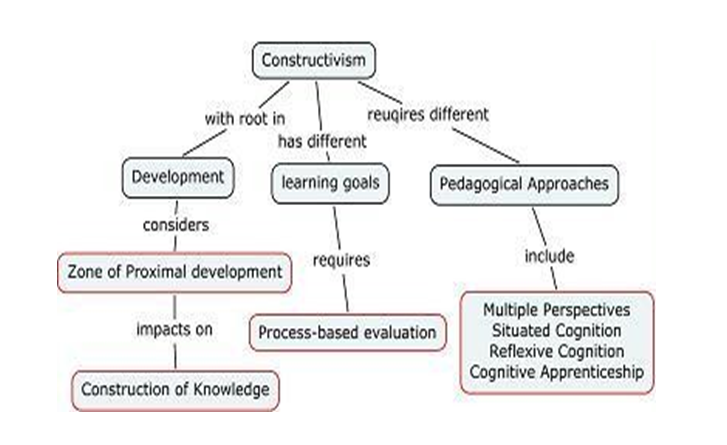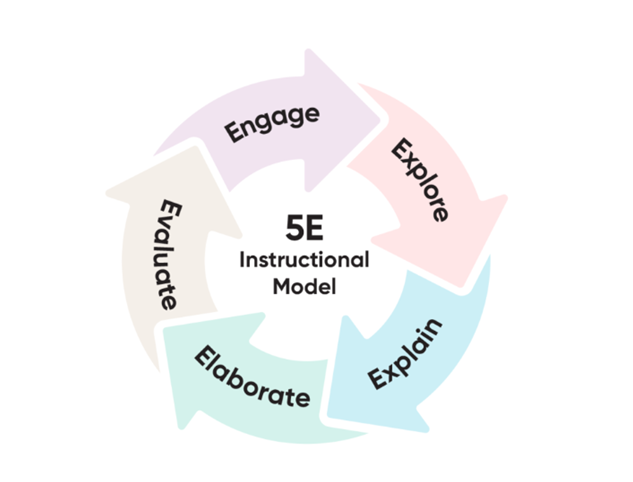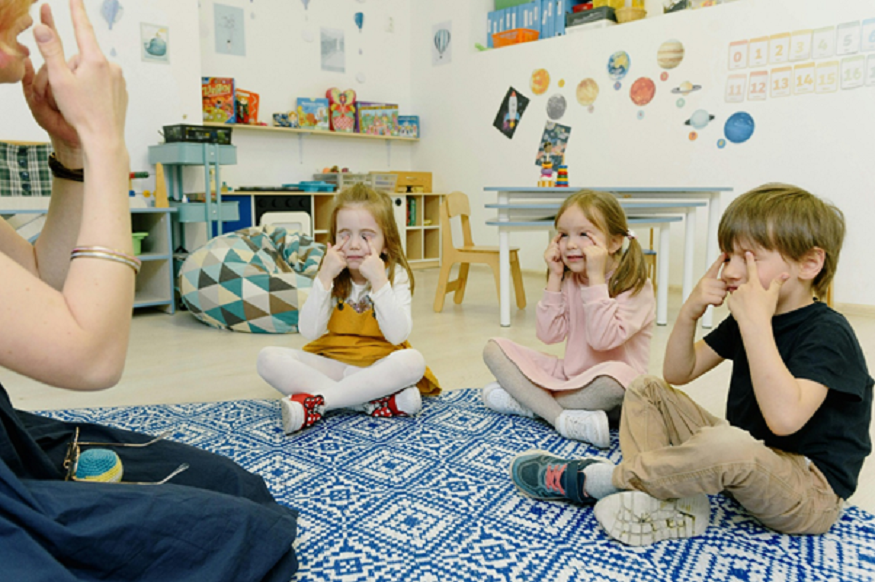Education has undergone a massive transformation over the last few decades, shifting from rote learning models to approaches that encourage creativity, critical thinking, and collaboration. Among the most influential theories driving this transformation is constructivism—an educational philosophy that empowers students to build their own understanding of the world through active engagement and reflection. For educators stepping into the profession through Primary Teacher Training Courses, understanding and applying constructivist principles is not just beneficial—it’s essential.
In this blog, we’ll take a comprehensive journey into constructivism in education: its origins, principles, classroom applications, benefits, challenges, and how it continues to shape the future of learning.
What is Constructivism in Education?
Constructivism in education is a learner-centered philosophy that emphasizes the idea that knowledge is not something transmitted directly from teacher to student, but rather something that learners actively construct for themselves. It challenges the traditional model of students as passive recipients of information and instead views them as active participants in the learning process.

Source: linkedin.com
It is more than a theory—it is a response to the evolving needs of learners in the 21st century. With information readily available at our fingertips, the role of education has shifted from memorization to critical evaluation, application, and creativity. Constructivism supports these goals by encouraging curiosity, adaptability, and lifelong learning skills—qualities that are essential in today’s fast-changing world.
At its essence, constructivism argues that:
- Learning is an active process: Students don’t just memorize facts; they engage, question, and experiment to form their own understanding.
- Knowledge is built upon prior experiences: Each learner comes with a unique background, and new learning connects with what they already know.
- Meaning is personal and contextual: Understanding is shaped by individual perspectives, culture, and real-world relevance.
3 Types of Constructivism in Education
Understanding the different types of constructivism in education helps learners and educators explore the concept more effectively. Each type emphasizes a unique aspect of how knowledge is built and shared.
1. Cognitive Constructivism
Cognitive constructivism focuses on the individual learner’s ability to construct knowledge through personal experiences and problem-solving. This approach was proposed by Jean Piaget, who argued that children progress through developmental stages where they actively build their own understanding of the world. In this model, learning is a deeply personal process shaped by curiosity, experimentation, and reflection.
2. Social Constructivism
As the name suggests, social constructivism highlights the role of interaction, culture, and collaboration in learning. Proposed by Lev Vygotsky, this approach emphasizes that learners grow by engaging with teachers, peers, and their environment. Learning occurs through discussion, debate, questioning, and teamwork, where ideas are exchanged and refined. The presence of guidance—or scaffolding—by more knowledgeable individuals makes learning more effective and long-lasting.
3. Radical Constructivism
The third type is radical constructivism, which takes a more extreme view of learning. It suggests that knowledge is not an objective reflection of reality but rather a personal construction shaped by individual experiences. In this perspective, each learner builds their own version of truth, which may differ from others. For instance, when studying historical events, students might interpret outcomes differently depending on their background, beliefs, and prior knowledge—leading to multiple, equally valid understandings.
5 Stages of Constructivism in Education
To truly understand how constructivist learning unfolds, educators often refer to the 5E Model, which breaks the process into five distinct stages. These stages guide learners from curiosity to mastery, ensuring that knowledge is built step by step rather than memorized superficially.

Source: hmhco.com
In fact, when you ask how are teacher training courses integrating constructivism, the 5E framework is often one of the most effective models used in modern classrooms.
1. Engage
The cycle begins with engagement, where learners are introduced to a question, problem, or scenario that sparks curiosity. This stage is all about stimulating interest and encouraging students to think critically about what they already know.
2. Explore
In the explore stage, learners dive deeper by investigating, experimenting, and researching. This exploration can happen individually or collaboratively, giving students the chance to discover new information hands-on rather than relying on rote instruction.
3. Explain
Next comes the explain phase, where students share their findings and insights. Through class discussions, group presentations, or peer teaching, they articulate their understanding, which strengthens retention and reinforces the collaborative nature of learning.
4. Elaborate
During elaboration, students apply their knowledge to new situations or contexts. This stage challenges them to extend what they have learned, solve real-world problems, and connect theory with practice—deepening both comprehension and skill.
5. Evaluate
Finally, the evaluation stage focuses on assessment. Students and teachers reflect on progress through projects, portfolios, or traditional evaluations. Importantly, evaluation in constructivist settings is not only about grades but also about self-reflection and growth.
How to Design a Constructivist Learning Environment
To transform a traditional classroom into an active, student-centered space, it’s important to understand the core principles of constructivism. When exploring how to design a constructivist learning environment, educators often focus on creating conditions that promote curiosity, collaboration, and deeper meaning-making. Here are some essential elements:
- Active Learning
Constructivist environments thrive on active participation. This can be achieved through discussions, hands-on experiments, role plays, and real-life problem-solving scenarios. Inquiry-based learning, where students ask questions and investigate solutions, is a cornerstone of this approach.
- Student-Centered Approach
Learning becomes more engaging when the curriculum is tailored to the interests, abilities, and backgrounds of students. Instead of delivering content passively, teachers act as facilitators—guiding learners to construct their own understanding and encouraging independent exploration.
- Collaboration
Collaboration is at the heart of constructivist learning. Group projects, peer discussions, and cooperative activities foster communication skills, teamwork, and critical thinking. These social interactions not only strengthen knowledge retention but also prepare students with skills needed in real-world contexts.
- Focus on Meaning-Making
The ultimate goal of constructivism is meaningful learning. Students connect new concepts with prior knowledge, ensuring that lessons go beyond memorization and lead to genuine understanding. By encouraging reflection, teachers help learners see how classroom knowledge applies to life outside school.
Bottom Line
Constructivism is more than just an educational theory—it is a roadmap to creating engaged, curious, and capable learners. For aspiring educators, integrating constructivist practices is no longer optional but essential. Training programs ensure that teachers are prepared to create classrooms where children thrive. At the same time, professional growth opportunities through Teaching Course Online platforms allow continuous learning and adaptation.


